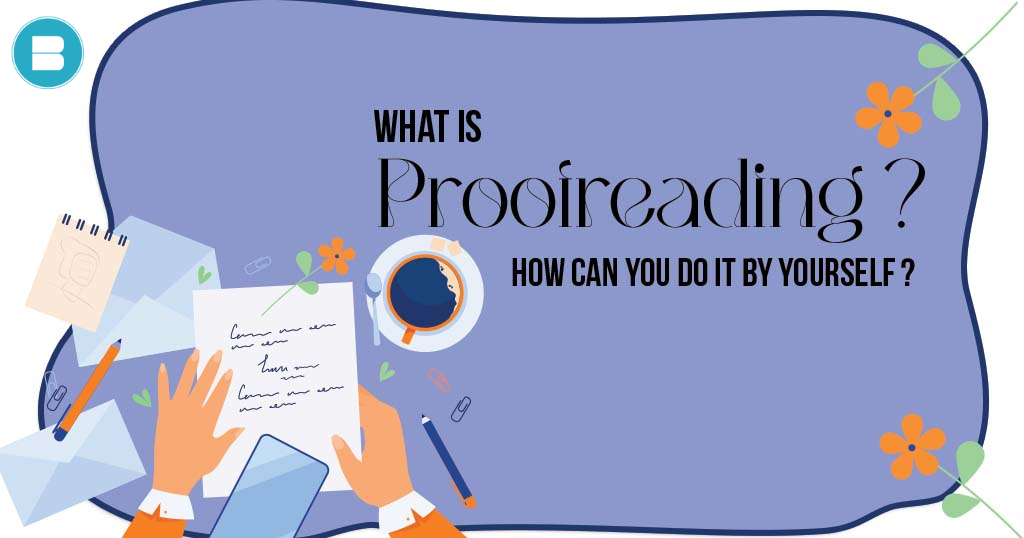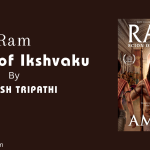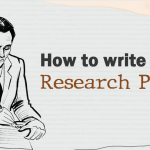Proofreading is like putting sprinkles on your cupcake after icing. Baking the cupcake is writing your novel, icing is the editing process and sprinkles is the finishing touch.
Speaking technically, proofreading is the final phase in the editing process in which a proofreader goes over a document looking for and correcting any remaining spelling, grammatical, punctuation, and formatting issues. It is a critical stage in ensuring that the final version of a document is as polished and error-free as feasible.
There are a few different approaches to proofreading, including reviewing a document on a computer screen, printing it out and reviewing it on paper, or reading it out loud. Some people prefer one method over the others, so it’s important to find the approach that works best for you.
Proofreading is an important step in the editing process that can help improve the quality and clarity of a document. It’s a skill that can be learned and developed with practice, and it’s an important tool for anyone who writes or edits documents on a regular basis.
What is the difference between proofreading and copyediting?
Proofreading is used in publishing at the very end of the editing process, after a manuscript has been edited by a copy or line editor. The proofreader’s task is to go through the document and search for any errors that may have crept in. When dealing with a book of 80,000 words or more, errors are nearly always present, no matter how thorough the writer and editor were.
Why is proofreading important?
A manuscript riddled with typos, grammatical problems, or contradictions in context can jar the reader out of the story the book is supposed to communicate. Instead of becoming engrossed in the story or thesis, readers are immediately compelled to mentally correct the work’s mechanical errors. So proofreading is vital in part because it allows your narrative to shine through without interruption.
How can you proofread your own manuscript?
There are a few key strategies that can help you effectively proofread a document:
- Take a break before proofreading: It’s best to take a break between writing and proofreading so you can approach the document with fresh eyes. This can help you catch errors that you might have missed while you were focused on writing.
- Read the document carefully. As you read the document, pay attention to every word and sentence. Look for spelling, grammar, and punctuation mistakes and any inconsistencies in style or formatting.
- Use proofreading tools: There are many tools available that can help you proofread a document, including spelling and grammar checkers, style guides, and online resources. These tools can be especially helpful if you’re unsure about a particular rule or how to spell a word.
- Read the document out loud. Reading the document out loud can help you catch errors that you might have missed while reading it silently. It can also help you get a sense of the flow and structure of the document.
- Review the document multiple times: It’s often helpful to review the document multiple times, focusing on different aspects each time. For example, you might review it once for spelling and grammar errors and then again for style and formatting.
By following these strategies, you can effectively proofread a document and improve its overall quality and clarity.
What to do and what not to do while proofreading your manuscript?
Here are a few dos and don’ts of proofreading:
DO:
- Take a break between writing and proofreading
- Read the document carefully and slowly
- Use proofreading tools, such as spelling and grammar checkers and style guides
- Read the document out loud to help catch errors
- Review the document multiple times, focusing on different aspects each time
DON’T:
- Rush through the proofreading process
- Skip over words or sentences that you don’t understand
- Rely solely on proofreading tools, as they can miss errors
- Ignore errors that you don’t know how to fix
- Wait until the last minute to proofread, as this can lead to rushed and less thorough proofreading
Now if you will get it proofread by a publishing company what would it entail?
Every book in traditional publishing is proofed before it is published to the public.
If a reader discovers more than a handful of typos or grammatical errors in a novel, for example, it may ruin their reading experience and hinder the company’s goodwill.
Read: An Essential Guide – How to self-publish a Book for free in India.
Proofreading is quickly becoming a non-negotiable aspect of the editorial process in self-publishing. Independent authors are frequently tempted to proofread their own work in order to save money. However, as the indie book business expands and its products increase in quality, having a professional proofread becomes more prevalent.
















